Integrating Bikeability & Urbanism
One of the competitive advantages of urban living is having activities that are useful in many areas of your life. Biking is great example of this; people can ride their bikes to work, or go for a pleasure ride on the weekend. Both Milwaukee and Madison are leaders in providing great biking options and have been recognized on Bicycling Magazine’s “America’s Top 50 Bike-Friendly Cities”. Milwaukee has created a vast amount of bike infrastructure from the Hank Aaron State Trail to the recent addition of an on-street bike corral at Alterra’s Prospect Ave. location. There are many events at CNU 19 planned to take advantage of Madison’s biking amenities, including daily fitness rides. On Wednesday, the Congress kicks off by blending urban theory with an enjoyable bike ride in an event called “Bike the Transect: Urban to Rural Link”.
The Transect is part of the New Urbanism Lexicon and it refers to rural to urban land-use patterns. A simple example is thinking of Wisconsin State Parks as a transect zone 1: nature preserve and downtown Milwaukee as a transect zone 6: urban core, and everything in-between varying from a T-1 to a T-6. Biking through these urban zones makes it is possible to show how urban design works for a variety of urban densities. Building placement, street design, public spaces, sidewalks, and landscape all have changing characters at different densities, which are apparent to the trained eye. Part of the ride will also be to enjoy John Nolen’s plan of Madison first hand before the scheduled sessions about John Nolen at the Congress.
Practicing urban design and architecture is by its nature an exercise in Humanism. Pedestrians and bicyclists experience the public realm in a more intimate way than do people in mechanized modes of transit. There are many similarities between bike-friendly and pedestrian-friendly places, these similarities, the differences, and how to create them in car-centric environments will be the topic of a Friday breakout session “Peds and Pedalers: the Walking and Biking Connection”.
To those who enjoy the use of their bikes there is little question as to the value of a bike-friendly city. A Saturday breakout session “Bikeability: What’s it Worth?” will explore how to measure the value that it brings to a community and how to communicate this value to the teams involved in creating urban places.
Milwaukee has shown tremendous leadership in developing as a bike friendly city; it is an aspect of the city that many residents take advantage of and enjoy. The CNU is great opportunity to showcase the bikeability of Wisconsin’s cities, as well as explore how to maintain and advance the leadership role that Milwaukee and Madison have taken in this aspect of creating human centric cities.
Guest Post by: Dr. Matthew Trussoni
Dr. Matthew Trussoni, AIA, PE is an Assistant Professor at the Milwaukee School of Engineering

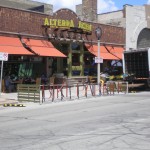
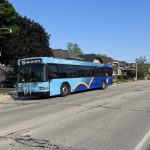

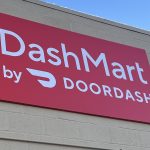
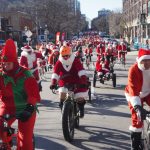
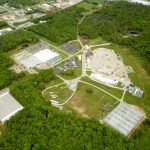









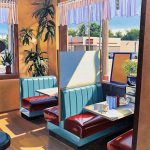





I am a urban biker, but this strikes me as a symbolic wreck of an idea.
Why not on the sidewalks? Better for bikes, people, and better for roads…. more room for people riding
their bikes for example. If cars are bad,, especially when they are parked on the street for bicyclists, then
this thing is worse because it is so unnecessary.
@stacy… I assume you are referring to on-street bike corrals? Well this frees up space for pedestrians so it improves walkability, enhances the built environment, allows for more cafe seating, makes the pedestrain/cafe seating environment more human friendly (less noise, less fumes), and in fact adds, yes adds, parking as one spot can hold up to 20 bikes, instead of just one car. And has zero impact on the travel lanes. Oh yeah and is popular with bicyclists, hence good for business. In fact it has been such a “wreck” in Portland, that they have install over 60 of them at the request, and cost of the business they are installed at.
This is clearly Milwaukee, and specifically Alterra, moving forward to create a better built environment for all and it should be, and was, celebrated.
PS Bikes belong on the street, not the sidewalks.